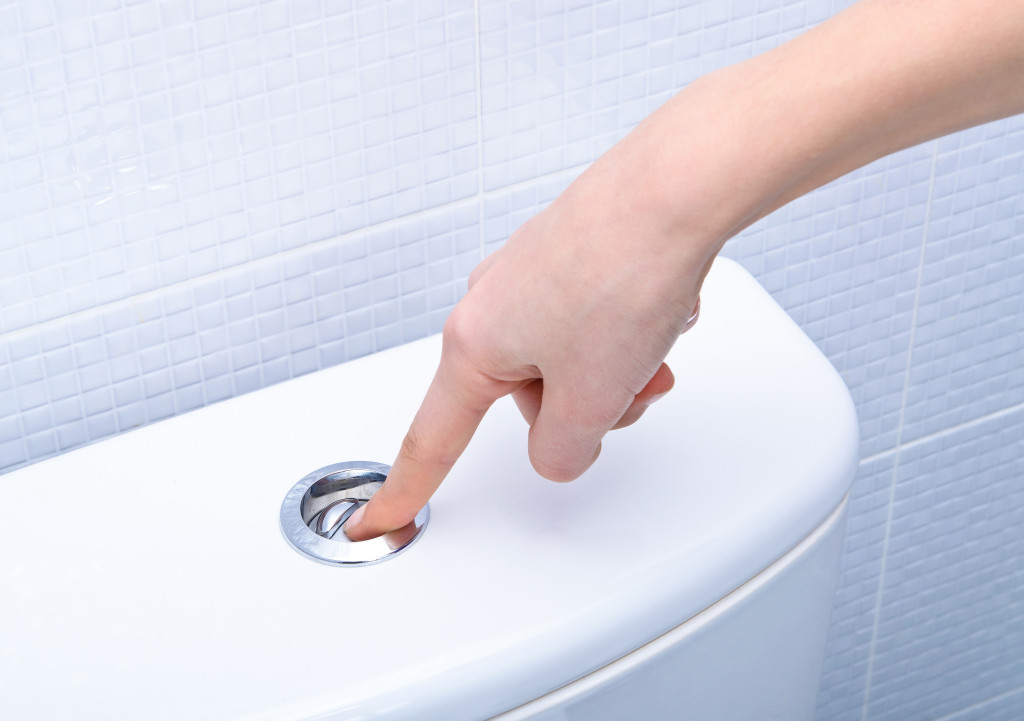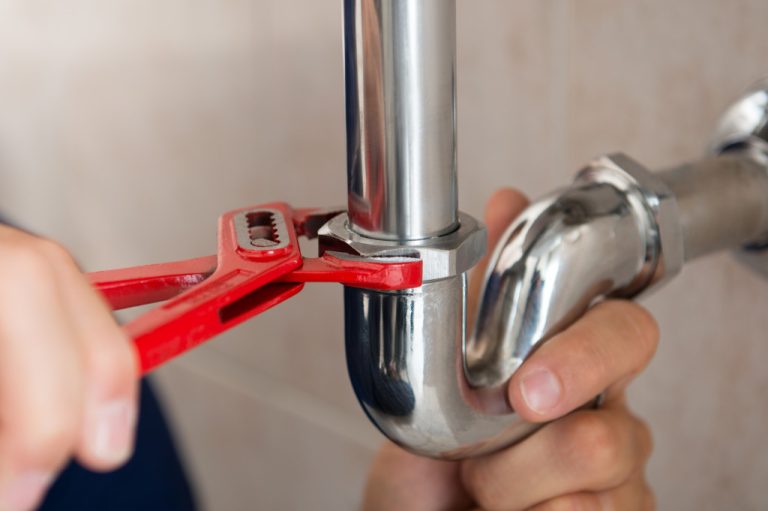Home buying is a big investment. One of the most important and often overlooked parts of the process is plumbing. Here are 13 plumbing tips that every home buyer should know before committing to buying a property.
1. Check the water pressure — it should be around 50-60 psi
A home’s water pressure is important for the function of all its fixtures. Water pressure that is too low will cause toilets not to flush properly and faucets not to dispense water correctly. These issues may seem like small problems, but they can result in more serious damage over time. Low water pressure may also be caused by sediment buildup or poor filtering or maintenance on the part of the previous owner.
2. Check that all plumbing fixtures are in good condition
You may have to replace any broken faucets or toilet seats, as well as ones that don’t dispense water correctly. Any leaking faucets can quickly turn into a major expense when left unchecked. A slow drip will waste water and money over time if not repaired.
3. Check that all plumbing lines are properly insulated
Older pipes can become a source of high energy bills due to poorly insulated surrounding walls. If the previous owner did not take proper care to insulate their home, you might have to spend additional money hiring an insulation company. Look for any discoloration or water spots on the surrounding walls, which is a potential sign of water leaks.
4. Inspect the water heater for rust and corrosion
A corroded water heater is a potential health hazard and could be leaking dangerous chemicals into the home’s water supply. If this is an issue, you may have to replace your water heater, as well as any other fixtures that may be corroded or broken due to the leak.
5. Ensure there are no visible signs of lead in water
Low levels of lead can build over time when exposed to the elements through corroding pipes or when the home’s plumbing was renovated with materials containing lead before 1986. Even low levels can be dangerous for children under six years of age.
6. Make sure the toilet flushes properly

You don’t want to discover much later that the previous owner installed a new, high-efficiency toilet but didn’t bother replacing the broken or leaky one it’s being matched with. You may have to replace your old toilet for your new one if it doesn’t flush properly or dispense water correctly.
7. Check the drainage system to make sure it’s working properly
If the home is on a septic tank system, you may want to have it inspected by a professional before purchasing. Make sure that the drains are not backed up or overflowing and that all vents are unblocked. Vent problems not only cause backups but can lead to mold growth.
8. Test all water outlets for proper water flow
Check kitchen faucets, bathroom sinks, showerheads, and outdoor hose spigots. Any flow problems could indicate a clog in the plumbing system that needs to be repaired before everything starts backing up or flooding. You don’t want to discover any of these issues after moving in.
9. Ensure all P-traps are working properly
A P-trap is a plumbing component that looks like an S or U shape under sinks and tubs. It keeps water from draining out of the trap, which prevents sewer gases from coming into your home through your drains. The previous owner may have run into this problem if you notice any sink backups, unpleasant smells coming from your drains, or water dripping out of the surrounding walls.
10. Look in the attic for any signs of water damage or leaks
Look for stains, debris, or discoloration on beams and insulation. If you see any signs of damage in the attic, there is a good chance that water leaks may also be occurring in the home’s ceilings. Replacing old roofs and insulation can get costly fast.
11. Watch out for smells
If one of your bathroom fixtures is not discharging water correctly (such as a toilet or shower), it can start to smell like sewage. If this is the case, you may have found yourself an expensive plumbing problem with no easy fix.
12. Check that the home has no standing water issues
Old basements, crawlspaces, or garages may have experienced flooding at one time or another because of incorrect grading around the foundation. Make sure it’s properly graded for proper drainage before purchasing.
13. Make sure the gutters are not clogged
Clogged gutters mean excess water buildup around the foundation, which may cause water damage to your home if not fixed in a timely manner. Gutters should be clean and clear of debris at all times.
Hopefully, these tips will help you avoid expensive future plumbing problems in your new home. You may not be able to eliminate them entirely, but a proper inspection can help you prepare for the unexpected when it does occur.
